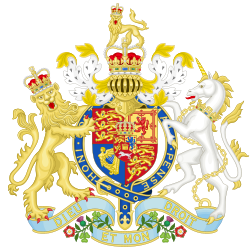This article needs additional citations for verification .(November 2020) |
| Act of Parliament | |
 | |
| Long title | An Act for taking away the Punishment of Death, and substituting other Punishments in lieu thereof. |
|---|---|
| Citation | 4 & 5 Vict. c. 56 |
| Dates | |
| Royal assent | 22 June 1841 |
| Commencement | 1 October 1841 |
| Other legislation | |
| Amended by | Criminal Statutes Repeal Act 1861 |
| Text of statute as originally enacted | |
The Substitution of Punishments of Death Act 1841 (4 & 5 Vict. c. 56) was an Act of the Parliament of the United Kingdom. [1]
It abolished the death penalty for rape, carnal knowledge of girls under the age of 10, any forgery cases not covered by previous 1832 and 1837 Acts, embezzlement from the Bank of England and South Sea Company, returning to the United Kingdom or its territories before the end of a term of transportation and "riotous demolition" of property or churches, replacing it with other penalties such as transportation and imprisonment with or without hard labour.